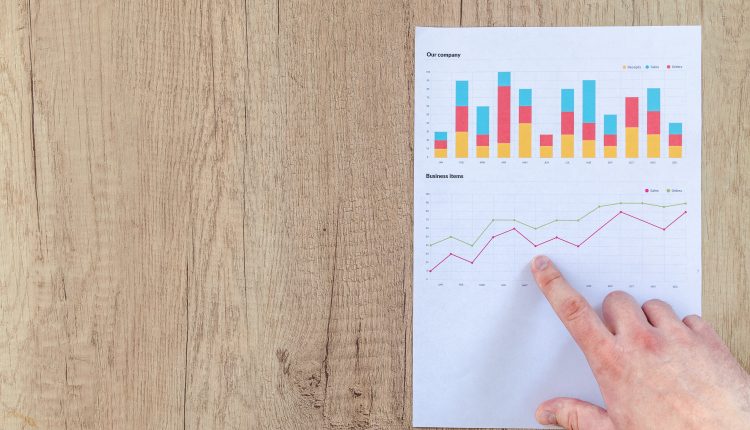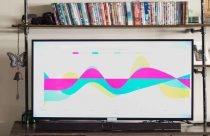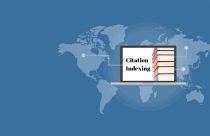2020 Journal Citation Reports Focuses on Control of Self-citation & Citation Stacking

Selecting target journals is an important aspect of research publishing. In fact, it is the very first step in the process. There are several ways of identifying target journals. Journal finder tools like DOAJ, OAJF, Elsevier Journal Finder tool, Springer Journal Suggester etc., are helpful in selecting journals. Apart from these, another important aspect that researchers consider while choosing journals is citations. They often go for journals that have higher citations. This is where the Journal Citation Reports released by Clarivate Analytics, annually, come into play. Recently the Journal Citation Reports 2020 have been released. Here are a few key highlights of this year’s report.
Key Highlights of Journal Citation Reports 2020
Following are the key highlights of the Journal Citation Reports of this year:
Journals Selected for Inclusion
Firstly, more than 12,000 journals from 83 countries across five continents and 236 research categories in the sciences and social sciences have been added in this year’s list. This year’s data has 9,370 Science journals and 3486 Social Science journals. Within these, about 1,658 journals fall under gold open access category. These journals have been evaluated through 28 journal evaluation criteria. 351 new journals have been added to the JCR this year, out of which 178 are fully open access.
New Descriptive Data on Open Access Models
New data displayed in the report show each journal’s articles by access model. This will provide the research community with transparent, publisher-neutral information about the relative contribution of articles published free to read and re-use under Creative Commons licenses (‘gold open access’) to a journal’s overall volume of content and citations. For the 7,487 hybrid journals in the JCR, readers are now quickly and easily able to identify:
- The number of papers published via the traditional subscription model, and
- The papers published via Creative Commons licenses.
Objectivity in Journal Selection
The JCR is entitled to monitor and exclude journals that demonstrate anomalous citation behavior including where there is evidence of excessive journal self-citation and citation stacking. With this objective, this year, Clarivate has suppressed 33 journals from to support the integrity of the reports, representing 0.27 per cent of the journals listed.
In 2020, the methodology as well as the parameters to monitor the effect of journal self-citation on JCR metrics have been updated to better account for discipline norms. These new parameters include:
- Journal Impact Factor (JIF),
- Average JIF Percentile,
- Open access papers and citations
- Contribution by author region and affiliation
- Eigenfactor score
- Cited and half-citing life
In addition, an Editorial Expression of Concern has been issued for 15 journals. Few of these 15 journals have one or more published items with a considerably high-value contribution to the JIF numerator. While few have shown a pattern of journal citations disproportionately concentrated into the JIF numerator. Clarivate will continue reviewing similar content with the goal of developing additional screening for distortions of the Journal Impact Factor.
Clarivate’s Objective Behind the Journal Citation Reports
According to Keith Collier, Senior Vice President of Product, Science Group at Clarivate, publishers, institutions, funders and researchers have relied on unbiased data in the Web of Science Journal Citation Reports since last 40 years. They have used this report to identify and evaluate the world’s leading sciences and social sciences journals. The carefully selected and structured data within the JCR not only allows the research community to better understand citation impact trends, but also to make confident decisions about their publication strategies.
Regarding this year’s report, he says:
“In 2020, we have added new descriptive data and updated self-citation parameters to further support the research community with trusted insights that can inform decisions and accelerate the pace of innovation.”
Importance of Journal Citation Reports to Researchers
With the academic community evolving regularly, it is important not to rely too heavily on any one source when assessing the quality and impact of journals. There are limits to any metric and therefore the Journal Citation Report is continually updating the indicators it provides. Clarivate Analytics aims to counterbalance some of the more enduring problems that have been uncovered by researchers using the metrics. Therefore, despite the limitations, publications like the Journal Citation Report remain influential and important to researchers in the field of research publishing.
Have you had the chance to check out the Journal Citation Reports 2020? What are your thoughts about this year’s report? Please share your thoughts with us in the comments section below.









